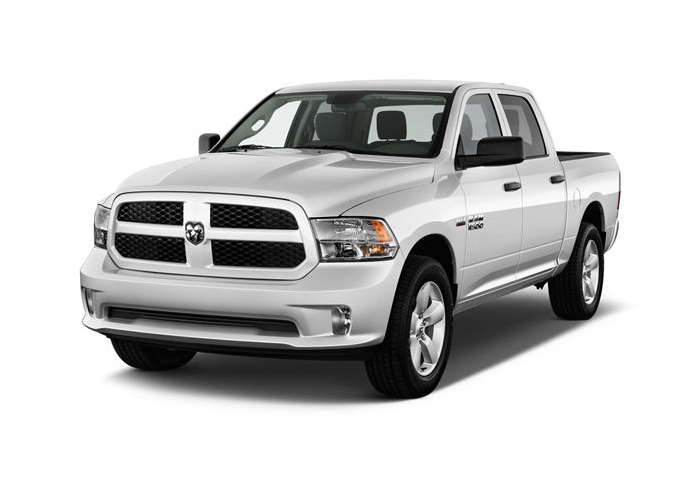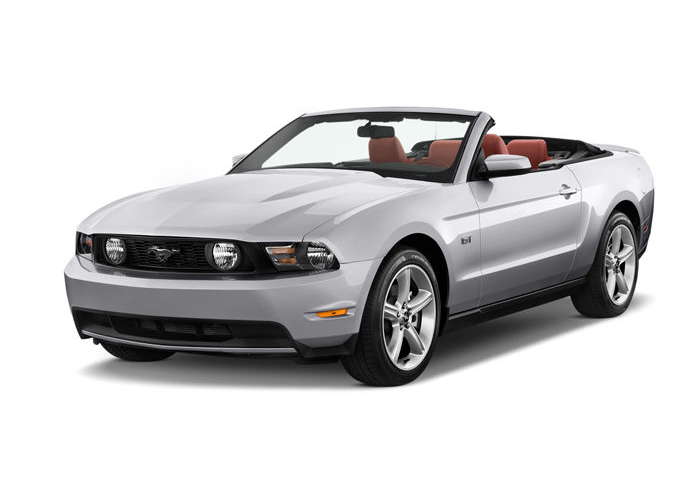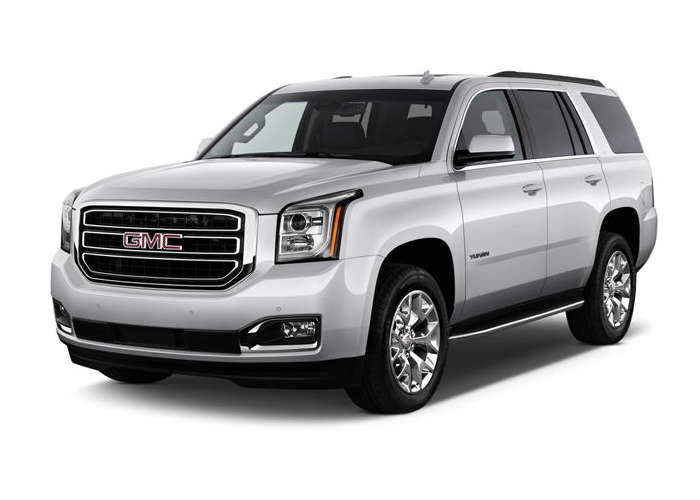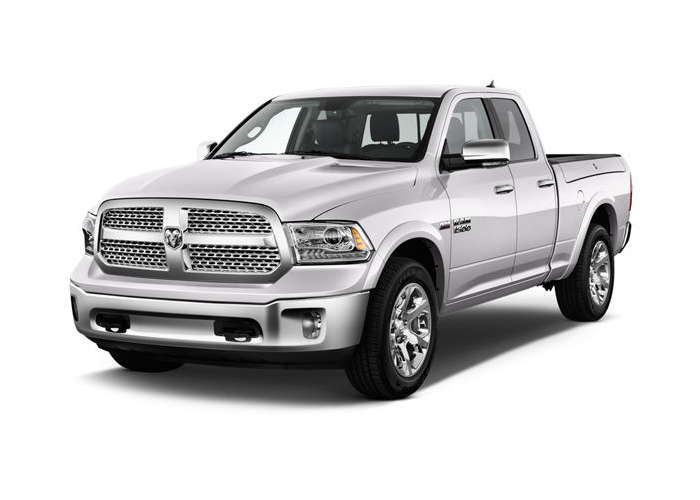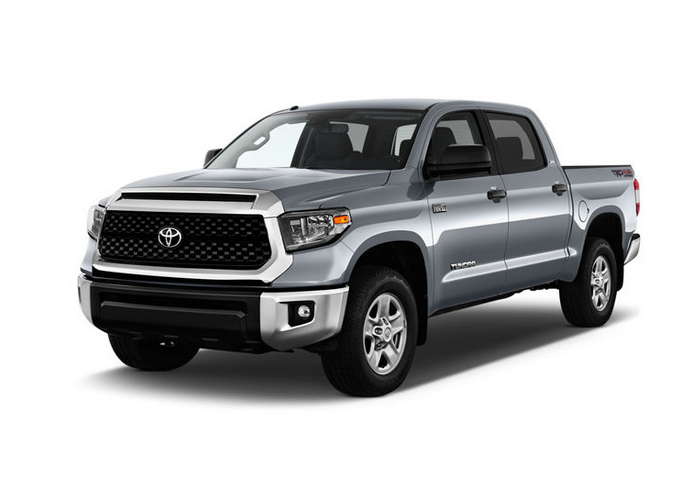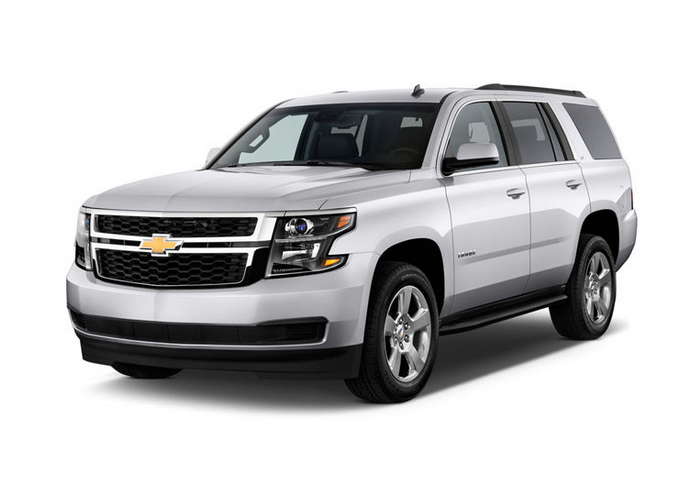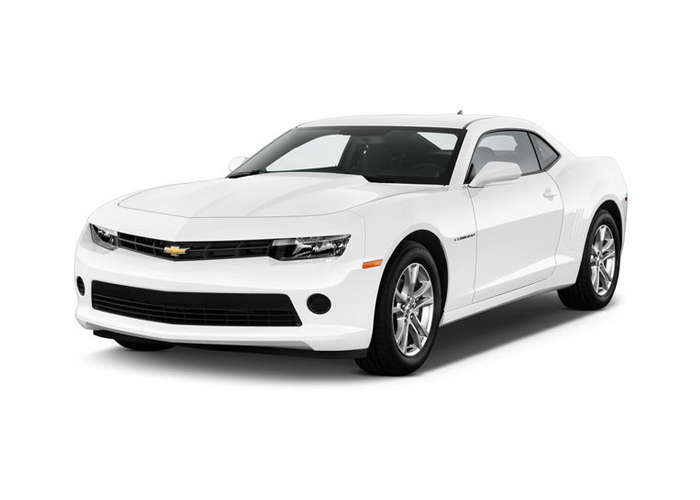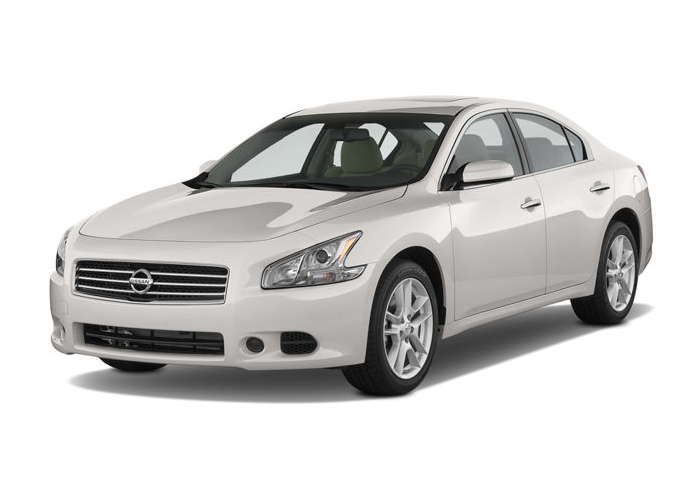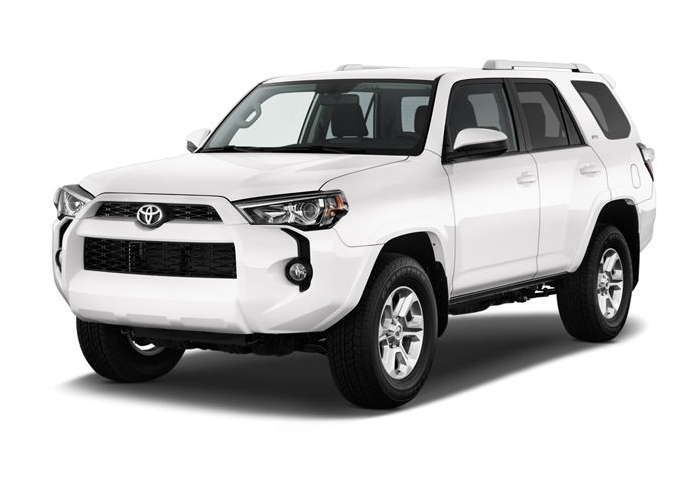Aftermarket Grilles: Complete Guide
When it comes to customizing your vehicle, one of the first things that may come to mind is the grille. It’s the “face” of your car, and changing it can drastically alter your car’s look. Let’s take a closer look at aftermarket grilles: their pros, cons, different types, and some brands worth considering.
Products are available — click below to view them!
SEE DETAILS ON EBAYWhat Are Aftermarket Grilles?
Definition. An aftermarket grille refers to a replacement or accessory grille that isn’t sourced from the vehicle’s original manufacturer. Instead, these are made by third-party manufacturers to offer more style, performance, or replacement options for vehicle owners.
Function. Primarily, aftermarket grilles can provide enhanced airflow to the engine, promoting better cooling and performance. They also offer an aesthetic upgrade to your vehicle, giving it a distinct, personalized look.

Pros [Benefits]
- Enhanced Aesthetics. One of the main benefits of installing aftermarket grilles is to improve your vehicle’s aesthetic appeal. With countless designs available, it’s easy to find one that suits your personal style and makes your vehicle stand out.
- Improved Performance. Some aftermarket grilles are designed to improve your car’s performance. They can provide better airflow to the radiator, reducing the risk of overheating and improving overall engine performance.
- Customization Options. With aftermarket grilles, the customization possibilities are virtually limitless. You can choose from a wide variety of materials, designs, and finishes to make your vehicle truly unique.
Cons [Drawbacks]
- Potential Quality Issues. Unfortunately, not all aftermarket grilles are made equal. Some might be of lower quality than the original equipment, leading to durability issues in the long run.
- Fitting Problems. While most aftermarket grilles are designed to fit specific vehicle models, you may encounter some that don’t fit perfectly, requiring additional adjustments or modifications.
- Legal Considerations. Depending on your location, certain styles or modifications might not be legal. Always ensure that the aftermarket grille you choose complies with local laws and regulations.
The Most Popular Types
- Mesh Grilles. Mesh grilles are made from interwoven strips of metal or plastic. They provide a sleek, modern look and excellent airflow.
- Billet Grilles. Billet grilles are made from solid pieces of material, usually aluminum, that have been machined into a specific design. They are known for their durability and distinctive, stylish looks.
- LED Grilles. LED grilles incorporate lighting into the grille design. They provide an ultra-modern look and improve visibility in low-light conditions.
Why Do People Install Aftermarket Grilles?
Aftermarket grilles are more than just decorative additions to a vehicle. The reasons people choose to install them can be diverse and sometimes interconnected. Here are some of the primary motivations:
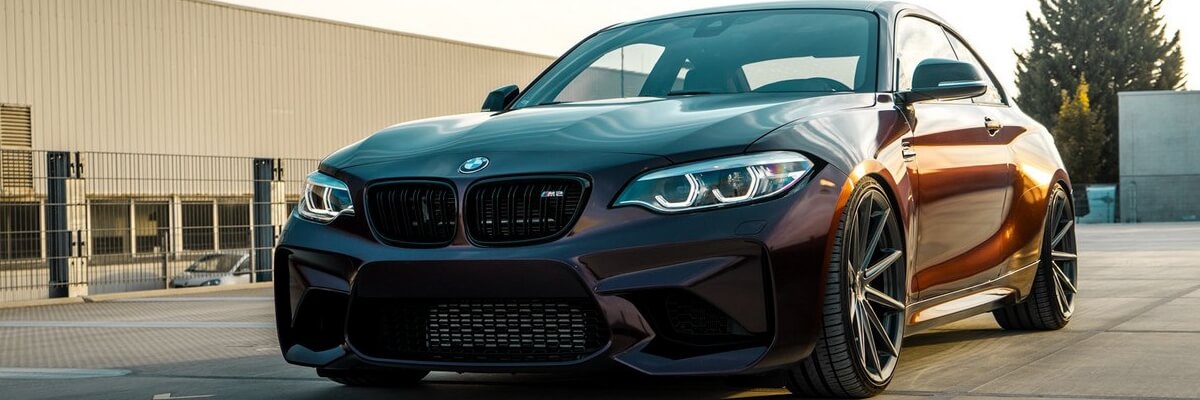
Aesthetic Appeal
Aftermarket grilles are an excellent way to enhance the look of a vehicle. They come in various styles and designs, each capable of adding a unique aesthetic appeal. This is often the most common reason car enthusiasts opt for aftermarket grilles. They wish to set their vehicle apart from the crowd and reflect their personality.
Performance Enhancement
While it’s not the case for all aftermarket grilles, some are designed to improve a vehicle’s performance. For instance, a grille that allows better airflow can help the radiator keep the engine cooler, which can be beneficial, particularly in high-performance or off-road vehicles.
Damage Replacement
Sometimes, accidents happen. The original grille may get damaged from a minor collision or debris on the road. In such cases, aftermarket grilles can serve as a cost-effective and stylish replacement, rather than opting for a stock grille from the original manufacturer.
Value Addition
Upgrading to an aftermarket grille can increase the overall value of a vehicle, especially if it enhances the vehicle’s look and performance. This could be a selling point if the owner decides to sell the vehicle in the future.
The Aftermarket Grille Installation Process
Installing an aftermarket grille can range from a simple to a complex process, depending on the type of grille, the vehicle model, and the owner’s mechanical aptitude. Here’s a general overview of the steps involved:
- Removal of the Existing Grille. The first step in the installation process involves removing the existing grille from your vehicle. This typically involves unbolting or unscrewing it from the front of the car. It’s crucial to be careful during this step to avoid damaging the surrounding areas of the vehicle.
- Prepping the New Grille. Once the original grille is removed, you’ll need to prepare the new aftermarket grille for installation. This might involve attaching any brackets or hardware that came with the new grille.
- Installing the Aftermarket Grille. After prepping, you’re ready to install your new aftermarket grille. This typically involves aligning it with the front of your vehicle and then securing it in place using the provided hardware. You might need to adjust it slightly to get a perfect fit.
- Checking the Fit and Finish. Once installed, you should thoroughly check the aftermarket grille. Ensure that it is securely attached and that there are no gaps or misalignments.
Remember, while some car enthusiasts can perform the installation themselves, others might prefer to have their aftermarket grilles professionally installed. If you’re not comfortable with doing it yourself, or if the grille requires complex installation, it’s recommended to hire a professional to avoid damaging your vehicle or the grille itself.
Aftermarket grilles offer a fantastic way to personalize your vehicle and potentially improve its performance. Weigh the pros and cons, understand the different types, and research the best brands to find the perfect grille that suits both your style and vehicle needs.
Questions and Answers
Q: What materials are used in aftermarket grilles?
A: Aftermarket grilles are made from a variety of materials, including plastic, stainless steel, and aluminum.
Q: Are aftermarket grilles legal?
A: While most are legal, it’s crucial to check local laws before making modifications to your vehicle.
Q: Do aftermarket grilles improve performance?
A: Certain types of aftermarket grilles can enhance airflow, which can potentially improve engine performance.
Q: How do I install an aftermarket grille?
A: Most aftermarket grilles come with installation instructions. However, professional installation might be required for some models.
Q: What are the best brands for aftermarket grilles?
A: The “best” brand depends on your personal preference and needs. Some popular brands are Putco, T-Rex, RaceMesh, and many others.


